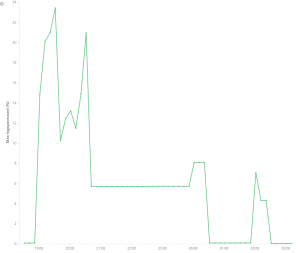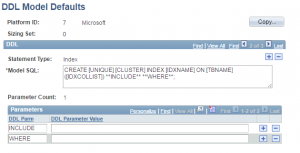fsutil fsinfo ntfsinfo X:
where X: is the drive letter gives output like this:
NTFS Volume Serial Number : 0x101051a010518e1a
NTFS Version : 3.1
LFS Version : 2.0
Number Sectors : 0x0000000074498860
Total Clusters : 0x000000000e89310c
Free Clusters : 0x000000000447f222
Total Reserved : 0x00000000000016e2
Bytes Per Sector : 512
Bytes Per Physical Sector : 512
Bytes Per Cluster : 4096
Bytes Per FileRecord Segment : 1024
Clusters Per FileRecord Segment : 0
Mft Valid Data Length : 0x0000000025ec0000
Mft Start Lcn : 0x00000000000c0000
Mft2 Start Lcn : 0x0000000000000002
Mft Zone Start : 0x0000000003cfca20
Mft Zone End : 0x0000000003d00040
Max Device Trim Extent Count : 512
Max Device Trim Byte Count : 0xffffffff
Max Volume Trim Extent Count : 62
Max Volume Trim Byte Count : 0x40000000
Resource Manager Identifier : 5646BA81-xxxx-yyyy-zzzz-185E0F1F2F38

